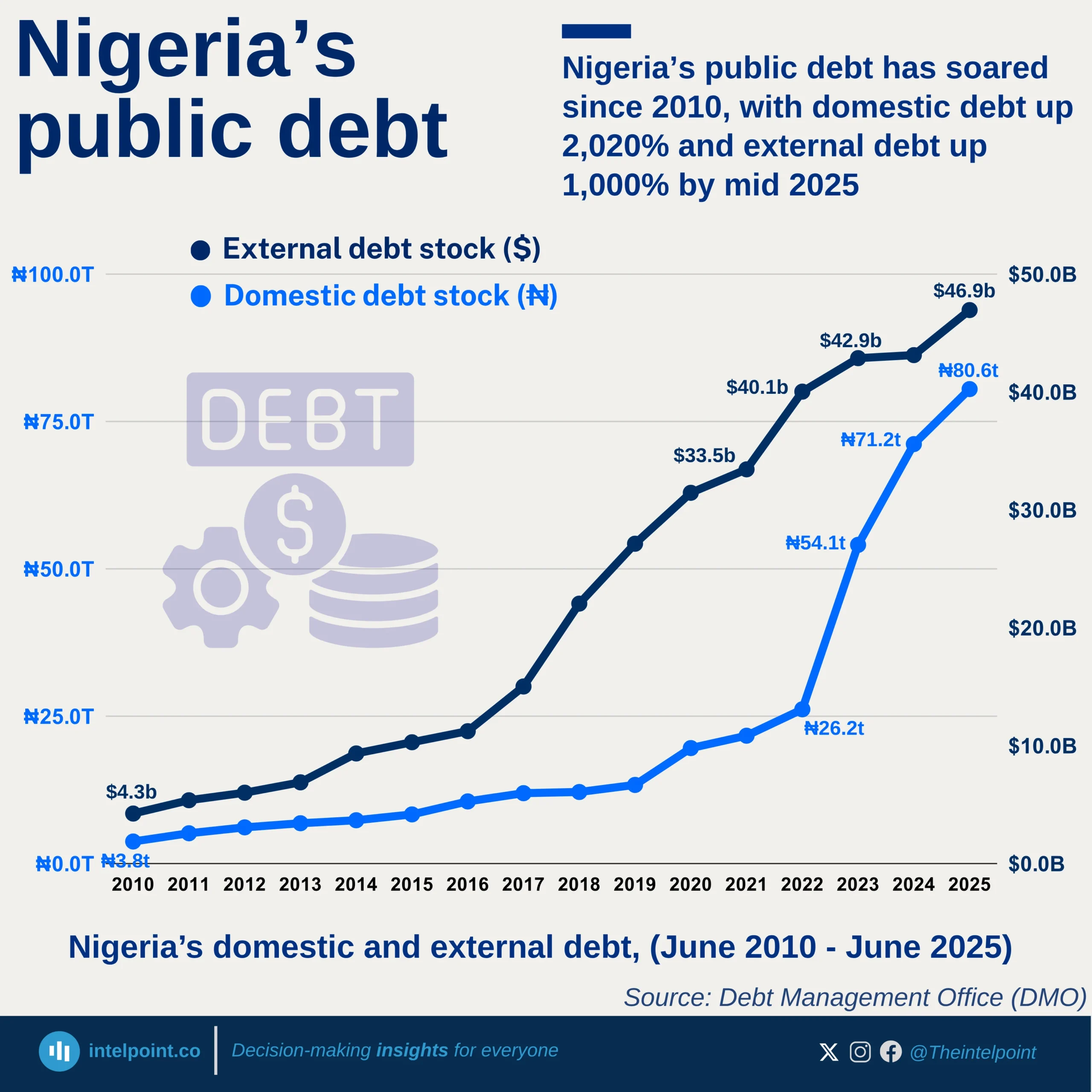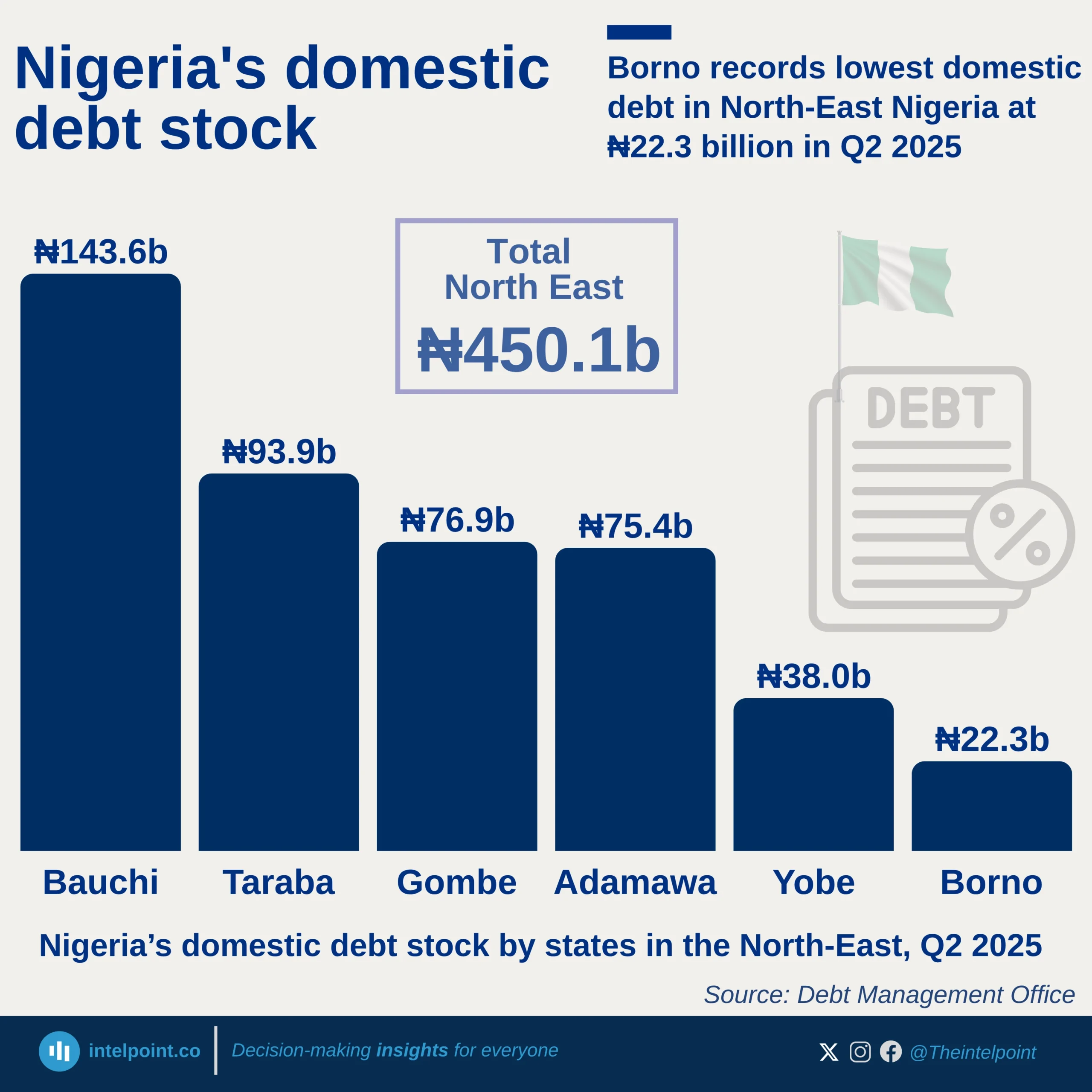Nigeria’s VAT (Value Added Tax) records for Q1 2025 show distinct regional patterns in both revenue generation and allocation. The South West zone generated the highest VAT at ₦929.86 billion, more than twice the amount generated by the South South, which stood at ₦364.99 billion. The North West generated ₦68.05 billion, while the North Central, North East, and South East generated ₦52.69 billion, ₦36.04 billion, and ₦28.38 billion respectively.
On the allocation side, the South West received ₦258.19 billion, the South South ₦171.18 billion, and the North West ₦176.73 billion. The North Central and North East were allocated ₦126.17 billion and ₦124.22 billion respectively, while the South East received ₦104.50 billion.





